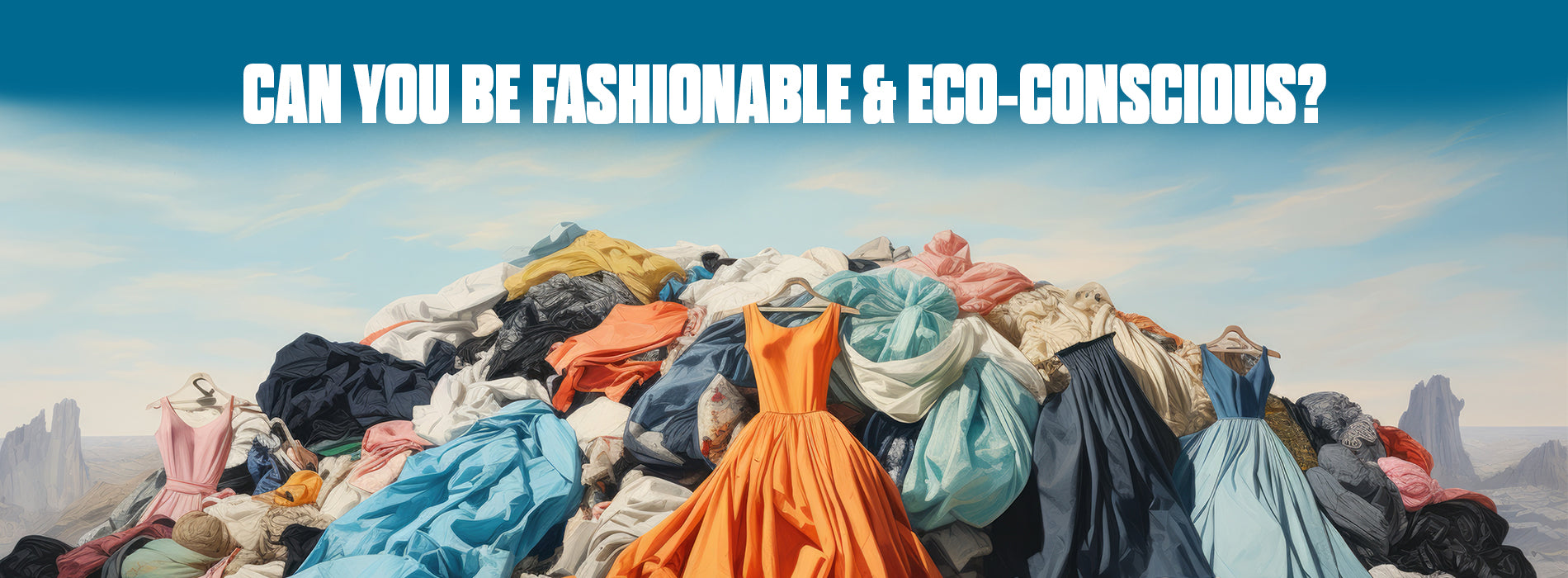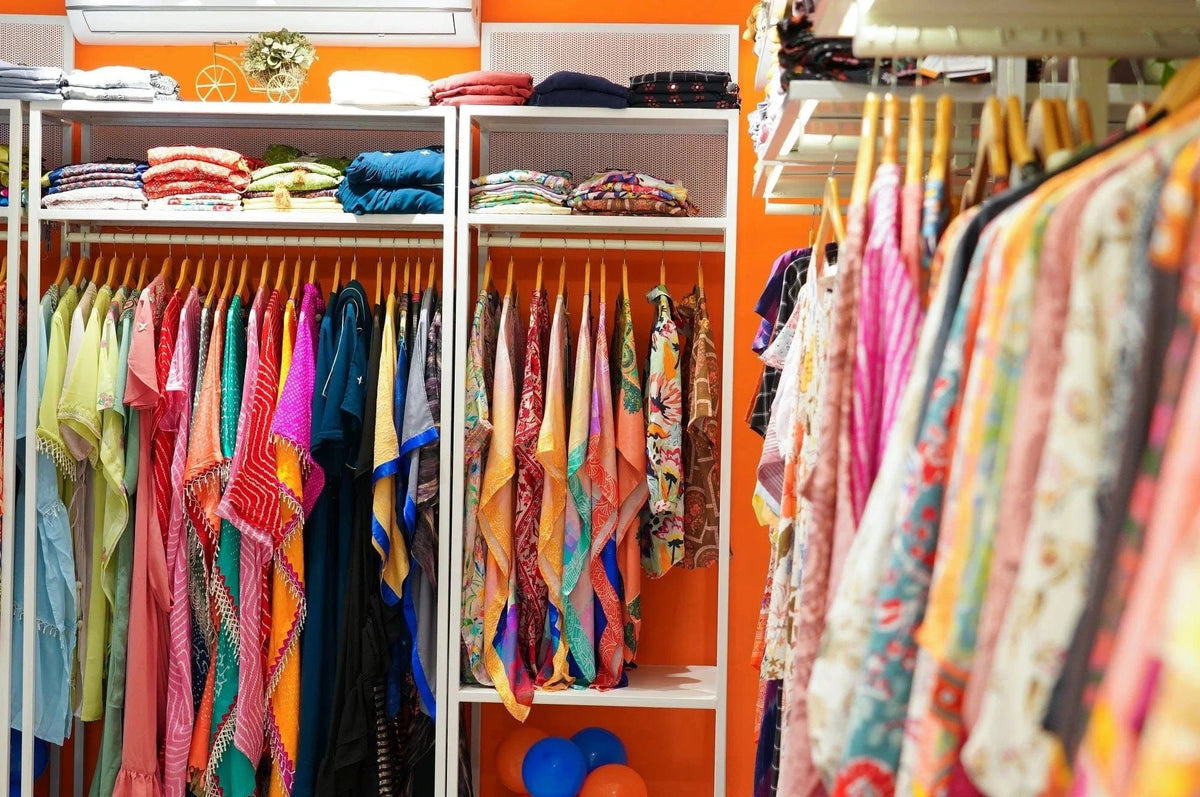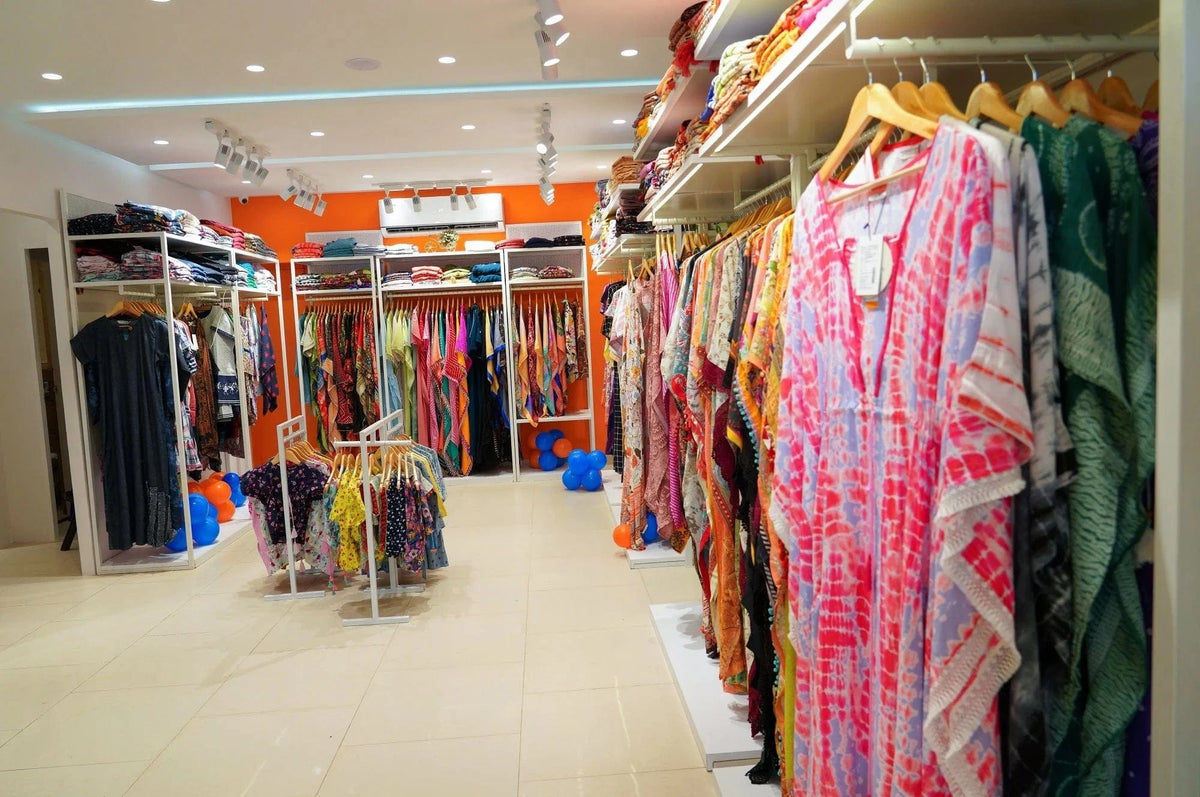In the heart of the fashion capital of the world, Paris is long celebrated for its exquisite craftsmanship and creative flair, but who was aware that something significant was about to happen? The world's top fashion houses, who for centuries have defined what it means to be luxurious and sophisticated, are now embracing a new idea: that true luxury includes caring for our planet. Worldwide, the equivalent of one garbage truck full of textiles is landfilled or burned every second (Ellen MacArthur Foundation, 2022). All of this demonstrates how vital it is to think sustainably about fashion. One way to do this is by promoting and supporting brands that prioritize sustainability and transparency in their operations. In this blog, we investigate how fashion and sustainability go hand in hand.
Promoting Sustainable Brands
Promoting sustainable brands has never been more important in the fashion industry. As we continue to grapple with the environmental impact of fast fashion and its detrimental effects on our planet, it's crucial that we support brands that prioritize eco-friendly practices.
The company should focus on transparency and traceability, using technology to track each garment's journey from raw materials to production, distribution, and finally, disposal. This approach not only ensures ethical labour practices but also enables consumers to make informed choices about the products they buy.
Protecting Biodiversity
The fashion industry is responsible for 10% of global greenhouse gas emissions and 20% of wastewater (UN Environment Programme, 2022). Protecting biodiversity is another important aspect of sustainable fashion. Indigenous communities, which make up only 5% of the global population, protect 80% of the world's biodiversity. By partnering with these communities, brands are not only preserving ecosystems but also supporting the livelihoods of local populations. This approach goes beyond traditional corporate social responsibility initiatives, fostering true partnerships between brands and communities.
Consumer Contribution to Sustainable Fashion
As consumers, we can also contribute to a more sustainable fashion industry by being mindful of our purchases and disposal habits. Only 12.4% of the total fiber input is recycled after clothing use. Buying only what we need, investing in quality pieces, and opting for natural fibers and single-fiber garments are all easy ways to reduce our environmental footprint. Taking care of our clothes by washing them less often, repairing them when needed, and upcycling or donating unwanted items also plays a significant role in reducing waste. Don’t forget when Gianni Versace said, “I want to make clothes that can be worn again and again, that are not simply consumed and kept in a closet.” Versace's idea goes beyond short-lived trends and stresses the significance of long-lasting and sustainable fashion.
The Need for Transparency
To ensure fashion's sustainability and achieve a circular fashion industry, it must be possible to track all the elements of a product, from the materials used, chemicals added, production practices, and product use, to the end of its life, as well as the social and environmental conditions under which it was made.
It is important for major brands to be transparent about their supply chain, production, and labour practices, but the latest research by the Fashion Revolution proves that businesses are still not doing enough to be transparent. The latest results of the Fashion Transparency Index reveal that brands only scored an average of 24 percent. Even the year's top-performing brands in sustainability, H&M, The North Face, and Timberland, failed to secure a share exceeding 80 percent, highlighting the significant room for improvement.
Embracing Circular Fashion
The concept of circular fashion is gaining momentum as a viable solution to the industry's sustainability challenges. Circular fashion focuses on designing products with their entire life cycle in mind, from sourcing and manufacturing to use and disposal. By adopting a circular approach, brands can minimize waste, extend the life of garments, and ultimately reduce their environmental impact.
Levi's® has launched the SecondHand initiative to contribute to the clothing reuse initiative, aiming to reduce the number of garments that end up as waste. Lightly worn jeans and jackets, which have gradually improved in appearance with age, serve as a manifestation of this.
Collaboration and Innovation
Addressing the challenges of sustainable fashion requires collaboration and innovation across the entire supply chain. Brands can partner with research institutions, non-profit organizations, and other stakeholders to develop new materials, technologies, and processes that are environmentally friendly and socially responsible.
For example, some brands are exploring the use of innovative materials such as recycled plastics, plant-based fibers, and even mushroom-based leather alternatives. Others are investing in sustainable dyeing and finishing processes that minimize water consumption and chemical waste.
Education and Awareness
Ultimately, achieving a truly sustainable fashion industry hinges on education and awareness. Brands must be transparent about their sustainability efforts, sharing information about their supply chains, manufacturing processes, and environmental impact. This transparency empowers consumers to make informed choices and holds brands accountable for their claims.
While the industry prepares for the next normal, it should keep in mind that consumers expect fashion companies to uphold their social and environmental duties amid the crisis. 67 percent of surveyed consumers regard the use of sustainable materials as an essential purchasing factor, and 63 percent think the same way about a brand's support of sustainability.
Here are some tips on how to conduct yourself as a responsible customer:
-
Choosing garments made of natural fibers and single fibers
-
Wearing clothing for longer periods of time
-
Upcycling your unwanted clothes into something new
-
Purchasing only what you need
-
Purchasing from sustainable brands with transparent supply chains.
-
Learning how to shop for quality and investing in higher-quality clothing
-
When discarding clothing, pass on your old clothes to someone who will wear them or give them to a thrift shop.
-
Consider renting clothing.
Conclusion
In conclusion, achieving sustainability in the fashion industry demands a collective effort from all stakeholders—brands, consumers, and communities alike. Supporting ethical and eco-conscious brands, embracing circular fashion models, and holding companies accountable for their environmental impact are crucial steps towards this goal. While challenges remain, a shared commitment to preserving our planet can drive meaningful change and create a more responsible, transparent fashion ecosystem for generations to come.





